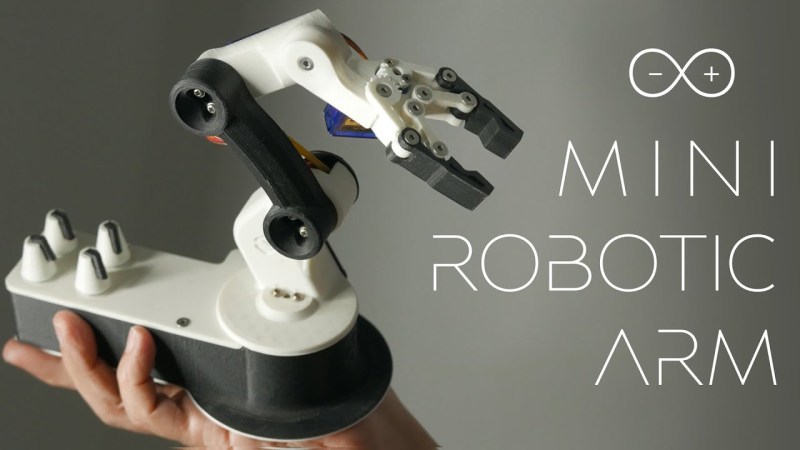US DOE Sets New Nuclear Energy Targets

To tackle the growing electrification of devices, we’ll need to deploy more generation to the grid. The US Department of Energy (DOE) has unveiled a new target to triple nuclear generating capacity by 2050.
Using a combination of existing Generation III+ reactor designs, upcoming small modular and micro reactors, and “legislation like the ADVANCE Act that streamlines regulatory processes,” DOE plans to add 35 gigawatt (GW) of generating capacity by 2035 and an additional 15 GW installed per year by 2040 to hit a total capacity of 200 GW of clean, green atom power by 2050.
According to the DOE, 100 GW of nuclear power was deployed in the 1970s and 1980s, so this isn’t an entirely unprecedented scale up of nuclear, although it won’t happen overnight. One of the advantages of renewables over nuclear is the lower cost and better public perception — but a combination of technologies will create a more robust grid than an “all of your eggs in one basket” approach. Vehicle to grid storage, geothermal, solar, wind, and yes, nuclear will all have their place at the clean energy table.
If you want to know more about siting nuclear on old coal plants, we covered DOE’s report on the matter as well as some efforts to build a fusion reactor on a decommissioned coal site as well.






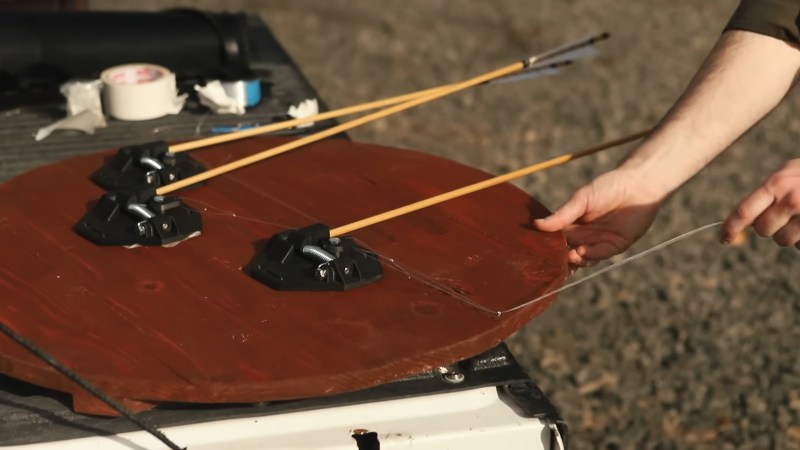

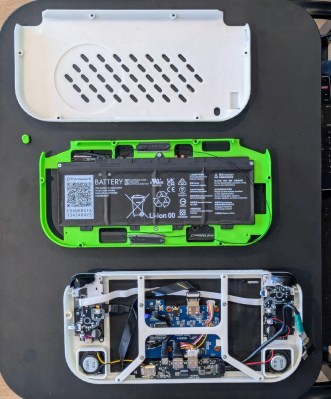 claims might seem suspicious at first, but the fact that the build is powered by a Framework mainboard makes the dream seem attainable. Using an 8″ touchscreen and a rehoused mobile device controller, the 3D printed enclosure turns the PCB and battery into an interesting alternative to a Steam Deck.
claims might seem suspicious at first, but the fact that the build is powered by a Framework mainboard makes the dream seem attainable. Using an 8″ touchscreen and a rehoused mobile device controller, the 3D printed enclosure turns the PCB and battery into an interesting alternative to a Steam Deck.
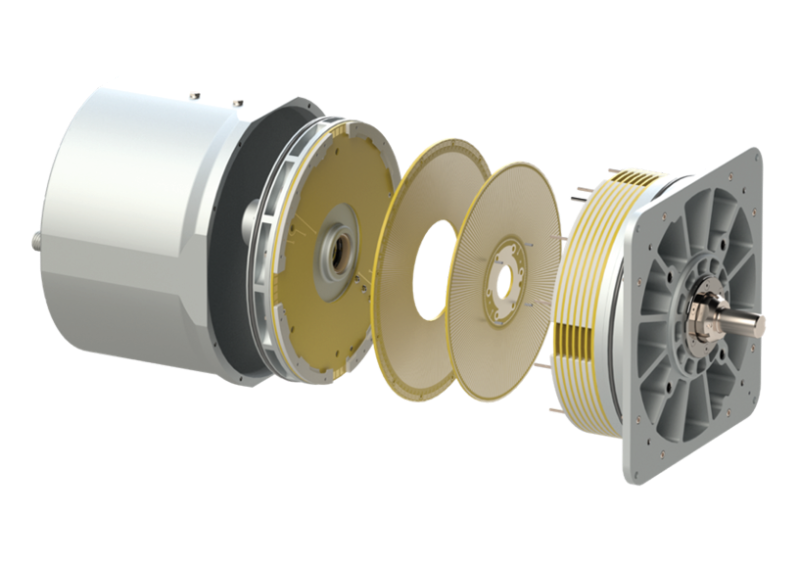
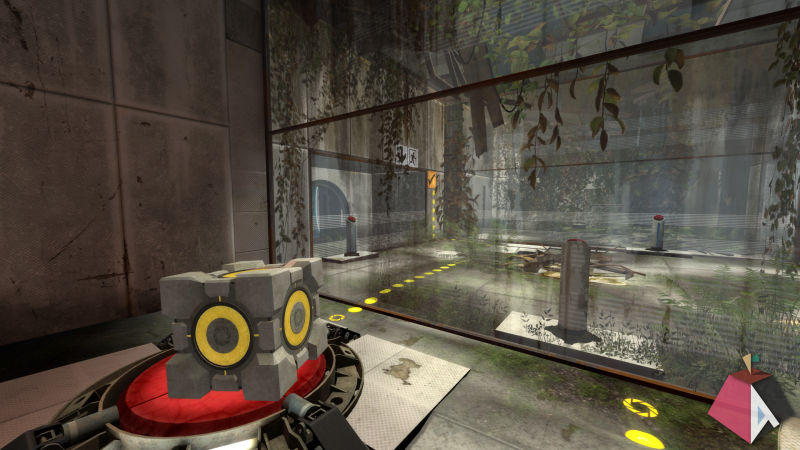
 , and Vulkan® drivers” for Apple’s M1 and M2.
, and Vulkan® drivers” for Apple’s M1 and M2.